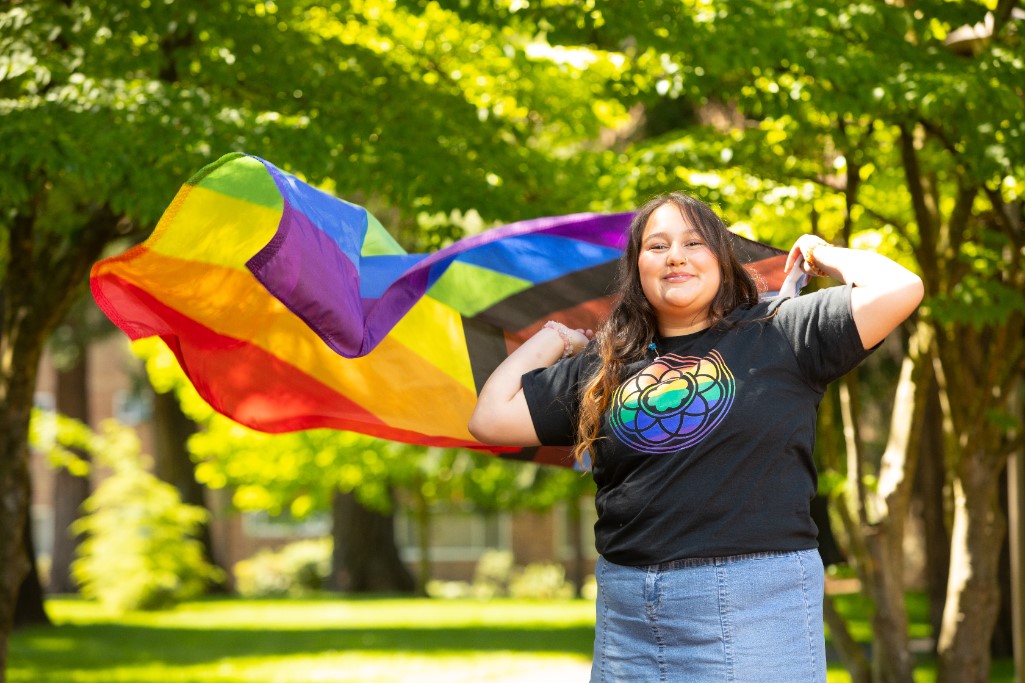Page 9 • (141 results in 0.058 seconds)
-

ePass Save Add Edit Remove Back New Delete Gender, Sexuality, & Race Studies Academic Programs all programs program website Gender, Sexuality, & Race Studies Undergraduate Major College of Liberal Studies Bachelor of Arts Meet the Professors More Stories Visit About As a Gender, Sexuality, and Race Studies (GSRS) student at PLU, you’ll study how gender, sexuality and race are embedded in complex dynamics of power and resistance, and learn ways to understand identities and imagine new configurations
-
everyone?Not always! Although FreeWill’s self-help software can provide the legal documents needed to effectuate the common estate planning wishes of an average American user, there are many scenarios where the help of an experienced attorney will be more appropriate. Some common examples of circumstances that FreeWill should not be used for include: (i) particularly large estates, (ii) contentious family dynamics and blended family situations, and (iii) families that need to provide
-
family dynamics inside and outside of the business. Prerequisite: BMBA 515. (4) BMBA 560 : Managing Health Care Enterprises Surveys policy and operational issues facing managers in the rapidly changing health care environment. Explores challenges of managing in health care settings, including hospitals, medical practice organizations, long-term care facilities and clinics. Discusses health care related organizations such as health insurance companies, consulting firms, managed care organizations
-

to capture the best images for use in their investigations- observing dynamics, temperatures, and luminosity of celestial objects,” Hay concluded. Seeing Stars:Dr. O'Neill is assembling the 3D-printed Bahtinov Mask, unique for PLU's telescope. The mask makes focusing the telescope on a star easier before image capture.Mentorship:O'Neill looks on while interns discuss celestial image processing. Kop is making light curves, showing how the brightness of several variable stars changes over time
-

review many of the innovations and inventors that are transforming our world. As a student of Innovation Studies here at PLU, I find it intriguing to review these diverse innovations each year and consider how they came to be. As we include different artistic, historical, ethical, and business perspectives in our coursework, it is fascinating to see how these dynamics have worked together in industry and shaped society. Many of the social innovations have made a lasting, positive impact in the world
-
Eighteenth-Century ‘It-Narratives’” Leihua Weng & Danielle Villanueva, “Dynamics of Cultural Politics in the Feminist Campaigns in Contemporary China” Wendy Call & Hilary Vo, “Sense of Place on the Page: Research for a New Creative Writing Guide” 2016-17: Nancy Simpson-Younger & Julianna Schaus, “Quotations in the Wimsey-Vane Novels of Dorothy L. Sayers” Michael Zbaraschuk & Haley Gredvig, “The Final Papers of William Hamilton” 2017-18: Art Strum & Matthew Salzano, “Social Justice, Deliberative
-

harmonic color of Duke Ellington, Fletcher Henderson, and Artie Shaw; we like the fun of Fats Waller and the theatricality of Cab Calloway; and we like being a team, playing together as one with dynamics and esprit d’ corps. We are delighted to return this season and bring the rhythm of hot dance bands and the romance of music ‘under the stars’.Learn MoreJULY 14: Keith Henson OctetThe Keith Henson Octet is an eight piece, five horn band featuring arrangements of jazz and popular danceable and
-

those things have been over time,” he explains. “An analysis of innovation should look at human communities, economic issues, art & design, ethics, technology, and more. If you examine these elements in an interdisciplinary way, you can really assess the dynamics of change in society.” Halvorson teaches business and economic history courses in the history department, as well as classes on innovation and the history of technology. He has also continued publishing books, including the lively new
-
disease modeling, cardiovascular disease modeling requires the specific emulation of cardiac tissue microenvironments to account for the spatial and geometric assemblies found in human tissues. Microfluidic cardiovascular models were successfully generated to emulate the extracellular matrix – a microenvironment found in cardiac arterial tissues. This extracellular matrix was not accounted for in two dimensional modeling. Utilizing this microfluidic model, a disease model for thrombus formation and
-
opportunities for leadership development and professional development appropriate to the student's interests and abilities. This is a Pass/Fail class only. A general outline of the student's final project is also expected to be developed as a function of the mentoring process. Can be repeated once for credit up to four semester hours. (2) KINS 515 : Applied Sport Psychology I Examination and analysis of theory and research relating to social psychological factors and group dynamics affecting sport and
Do you have any feedback for us? If so, feel free to use our Feedback Form.


